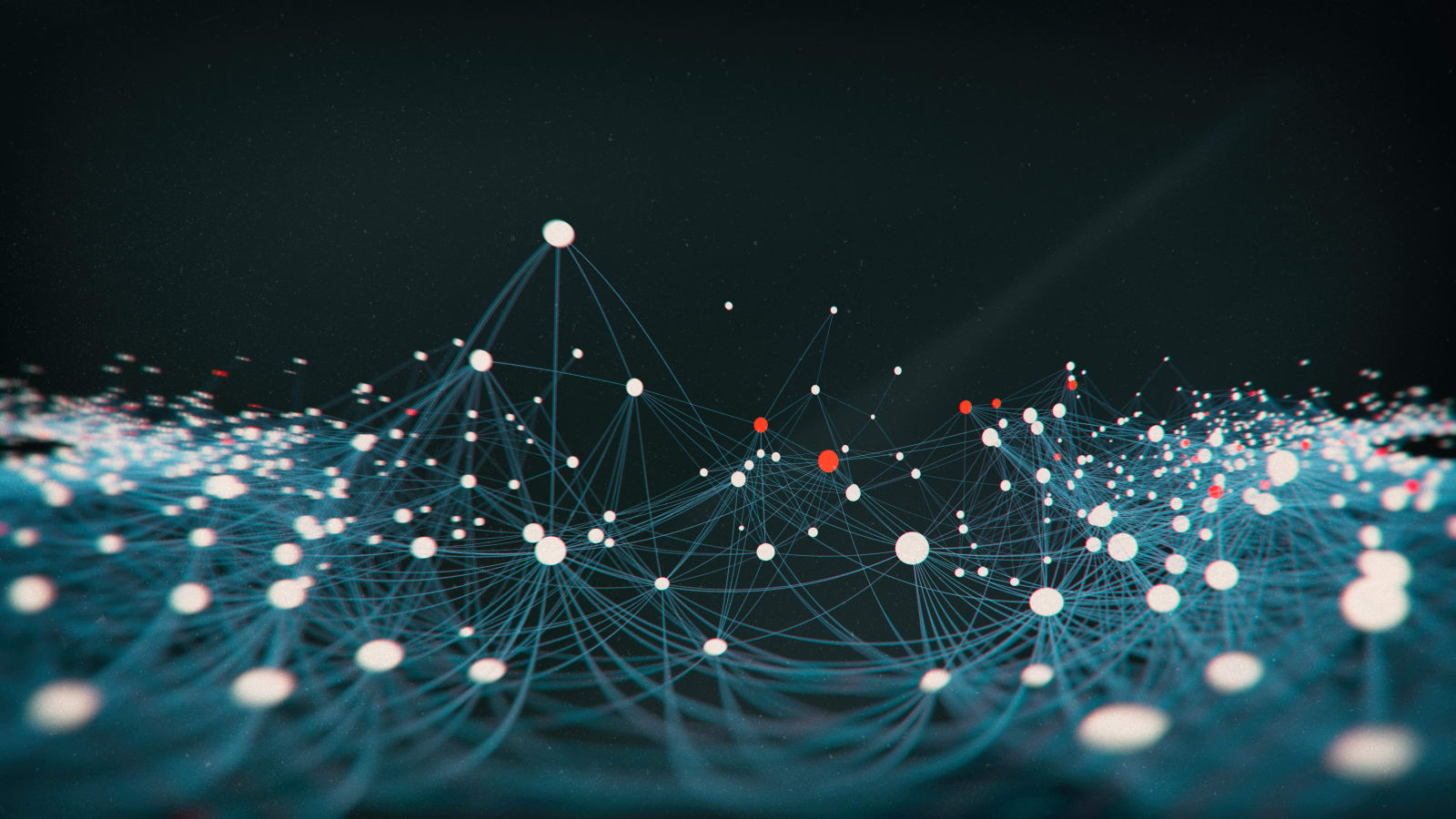If there is one thing that I have learned, it is that imaging neural networks can produce some creepy results. But sometimes the results can be beautiful too. Chris Rodley used a deep learning algorithm to merge a book of dinosaurs with a book of flower paintings. The results are astounding and it is actually something approaching fine art.

Using the Deepart.io algorithm offers different results from Google’s Deep Dream, since it applies features of an artist’s visual style to another image. This keeps recognizable details and uses them to rebuild the target image from scratch.

So what you get are dinosaurs made out of flowers, fruit, tall ships, and other stuff. Basically he is creating fine art mashups. If you want prints to hang on your wall, you can reach out to Chris on his website.




[via Sploid]
 In an effort "to democratize AI," researchers at MIT have found a way to use artificial intelligence to train machine-learning systems much more efficiently. Their hope is that the new time- and cost-saving algorithm will allow resource-strapped rese...
In an effort "to democratize AI," researchers at MIT have found a way to use artificial intelligence to train machine-learning systems much more efficiently. Their hope is that the new time- and cost-saving algorithm will allow resource-strapped rese...
 In an effort "to democratize AI," researchers at MIT have found a way to use artificial intelligence to train machine-learning systems much more efficiently. Their hope is that the new time- and cost-saving algorithm will allow resource-strapped rese...
In an effort "to democratize AI," researchers at MIT have found a way to use artificial intelligence to train machine-learning systems much more efficiently. Their hope is that the new time- and cost-saving algorithm will allow resource-strapped rese...






 At its WWDC 2017 keynote on Monday, Apple showed off the fruits of its AI research labors. We saw a Siri assistant that's smart enough to interpret your intentions, an updated Metal 2 graphics suite designed for machine learning and a Photos app that...
At its WWDC 2017 keynote on Monday, Apple showed off the fruits of its AI research labors. We saw a Siri assistant that's smart enough to interpret your intentions, an updated Metal 2 graphics suite designed for machine learning and a Photos app that...
 After binge reading romance novels for the past few months, Google's neural network is suddenly turning into the kid from English Lit 101 class. The reading assignment was part of Google's plan to help the app sound more conversational, but the follo...
After binge reading romance novels for the past few months, Google's neural network is suddenly turning into the kid from English Lit 101 class. The reading assignment was part of Google's plan to help the app sound more conversational, but the follo...








